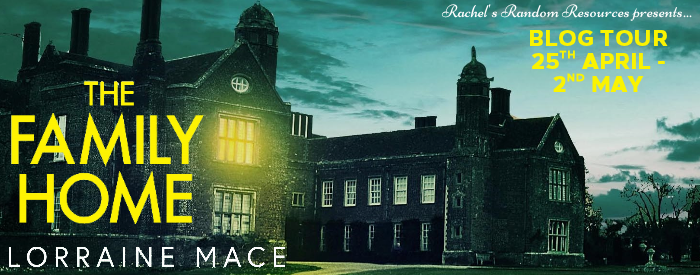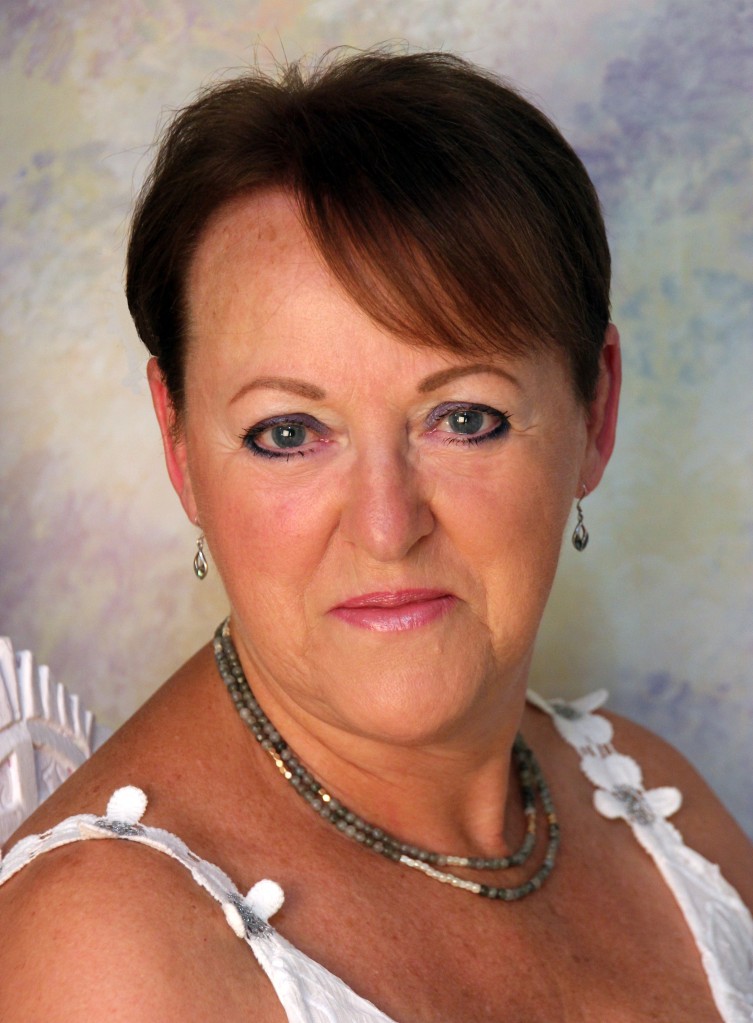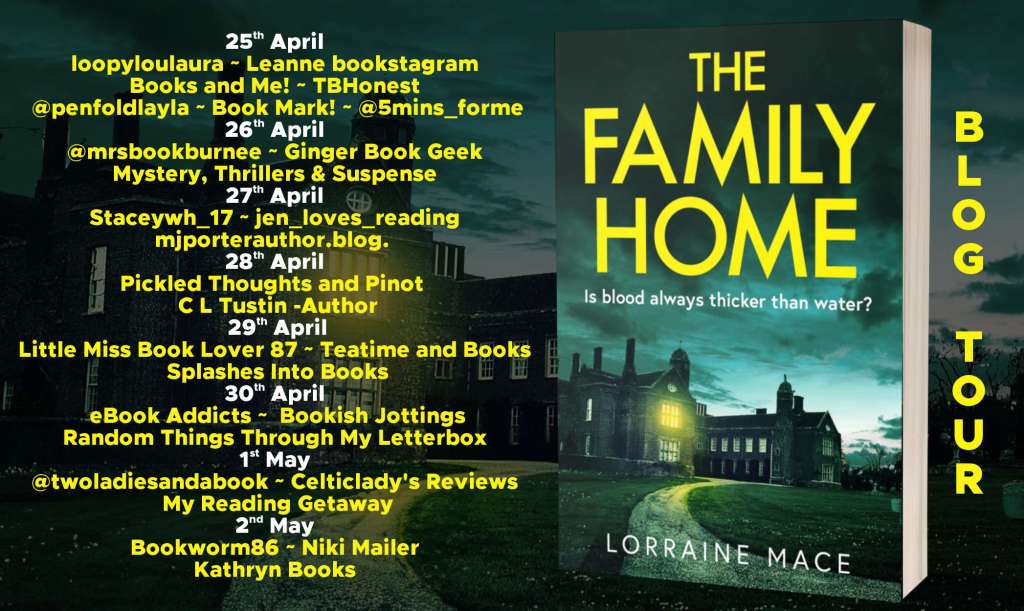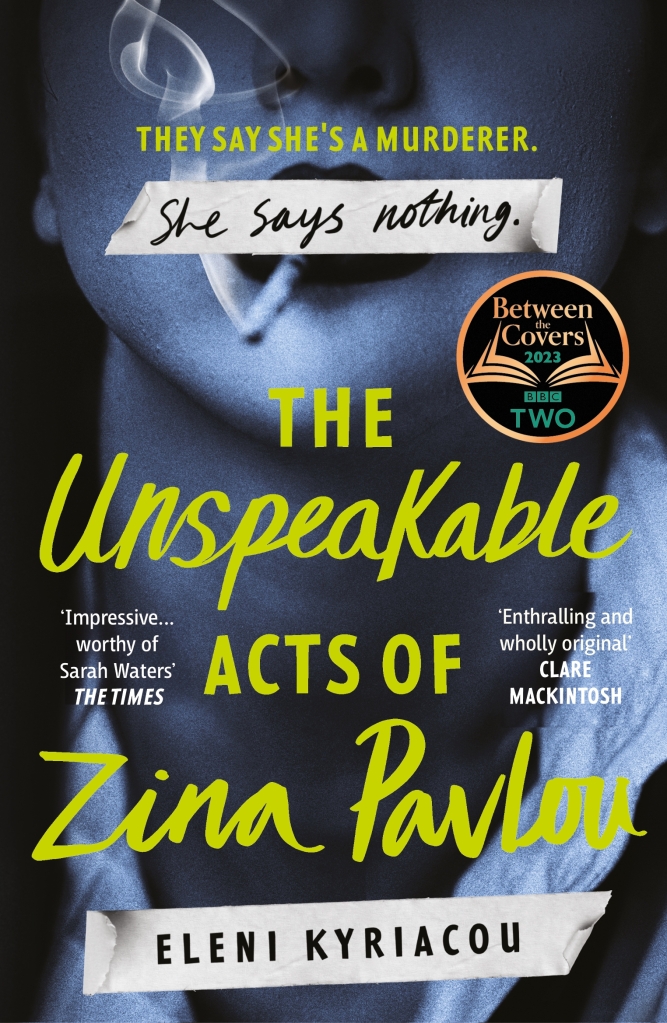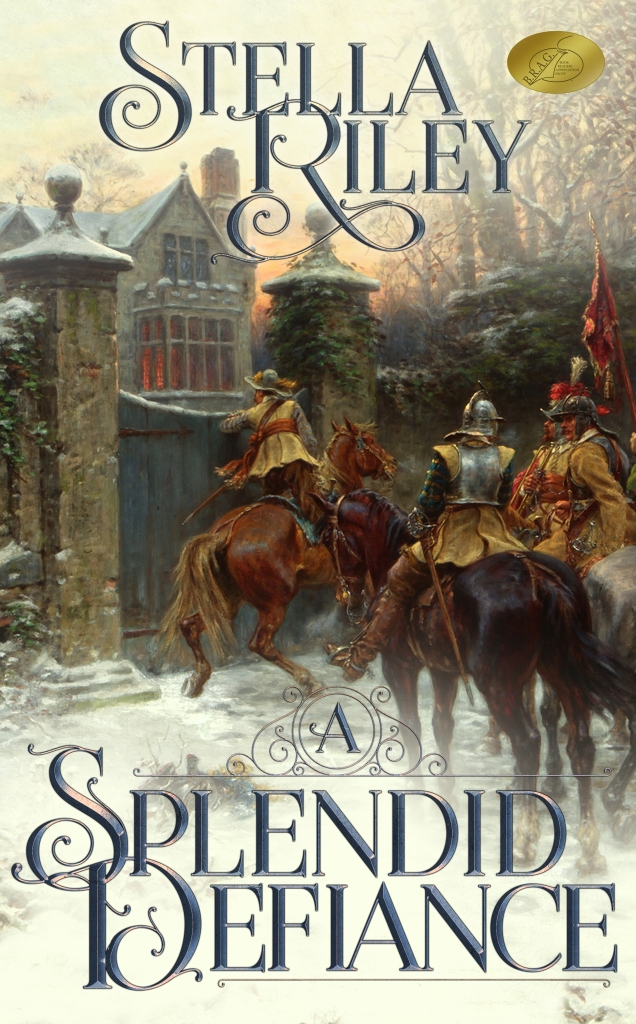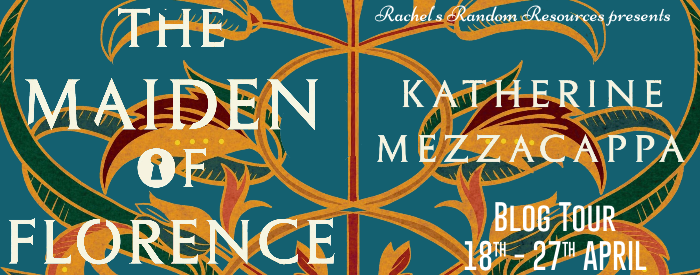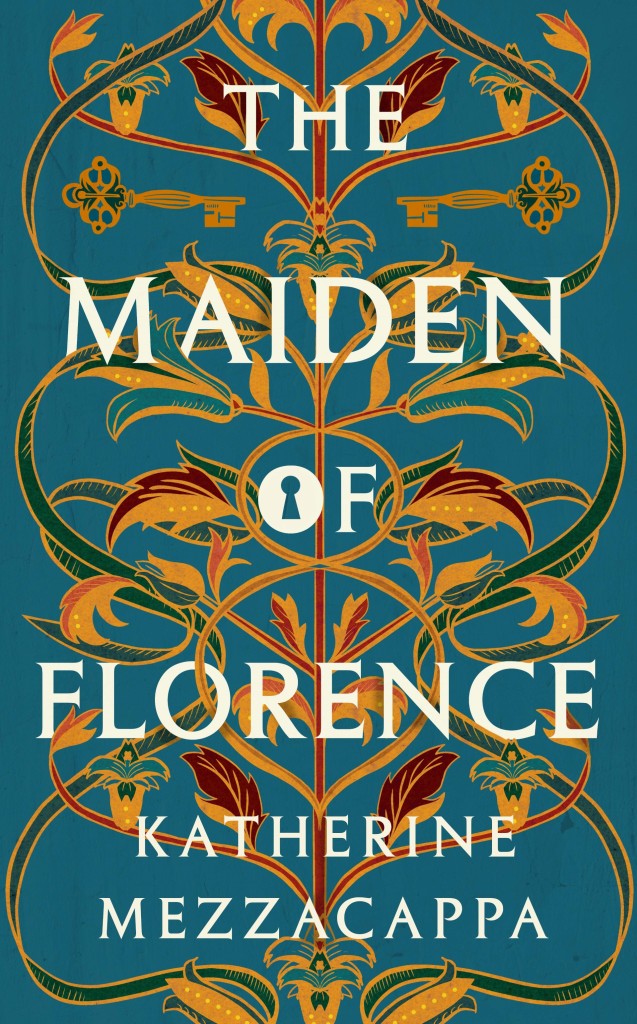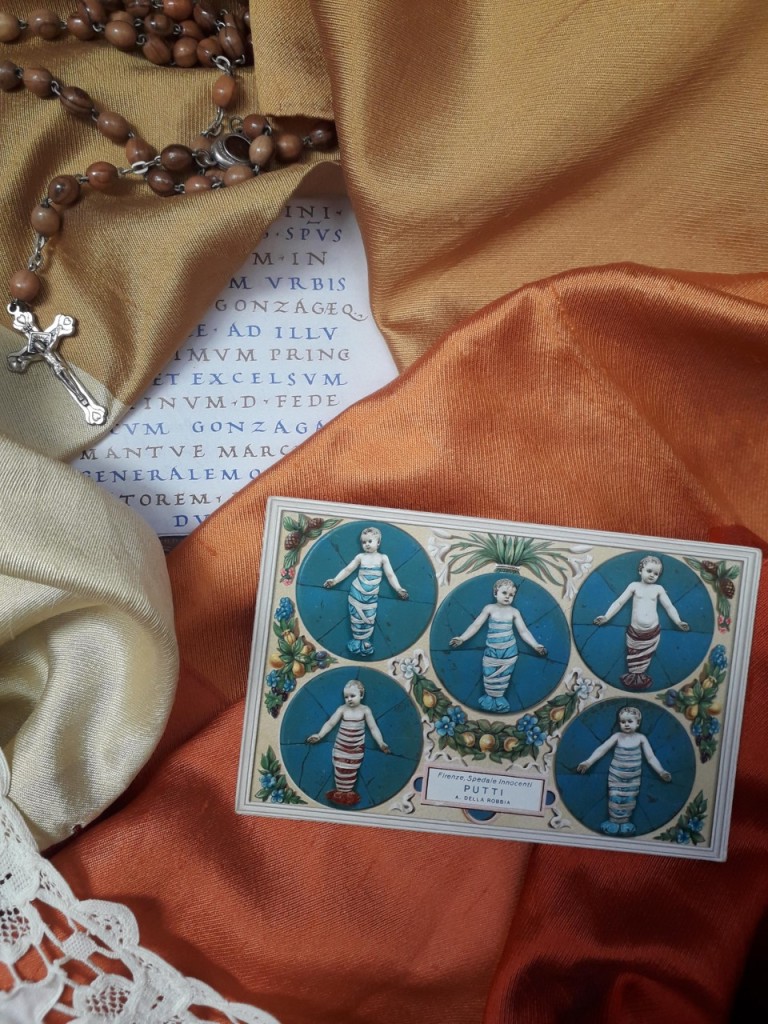I’m delighted to welcome Ann Bennett and her new book, A Rose In The Blitz of the Sisters of War series, to the blog.
Here’s the blurb
Escape into the dramatic world of London during the Blitz in this sweeping family saga of love, war and betrayal.
Northamptonshire: 1980: Wealthy landowner, Hadan Rose, is dying. His daughter, May, rushes to his country estate, Rose Park, with her daughter, Rachel, to nurse him through his final days.
In the afternoons, while Hadan sleeps, May tells Rachel about her wartime experiences.
In 1940, Three of the four Rose sisters leave Rose Park to serve the war effort. May, the youngest is left behind. But she soon runs away from home to join an ambulance crew in London. She experiences the horrors of the Blitz first-hand but what happens to her there has remained secret her whole life.
In 1980, at Rose Park, Rachel wanders through the old house, looking at old photographs and papers, uncovering explosive family secrets from ninety years before. Secrets that her grandfather wanted to take to his grave. At the local pub, Rachel meets Daniel Walters, a local journalist and musician who takes an interest in her. But can she trust him, or does he have an ulterior motive for seeking her company?
As the secrets of the past gradually reveal themselves, both Rachel and May realise that their worlds are forever changed.
Fans of Lucinda Riley, Dinah Jeffries and Victoria Hislop will love this escapist wartime saga, Book 1 in the Rose Park Chronicles.
Buy Link
This title is available to read on #KinldeUnlimited
Meet the Author
Ann Bennett is a British author of historical fiction. Her first book, Bamboo Heart: A Daughter’s Quest, was inspired by researching her father’s experience as a prisoner of war on the Thai-Burma Railway and by her own travels in South-East Asia. Since then, that initial inspiration has led her to write more books about the second world war in SE Asia. Bamboo Island: The Planter’s Wife, A Daughter’s Promise, Bamboo Road: The Homecoming, The Tea Planter’s Club, The Amulet and her latest release The Fortune Teller of Kathmandu are also about WWII in South East Asia. All seven make up the Echoes of Empire Collection.
Ann is also the author of The Lake Pavilion, The Lake Palace, both set in British India during the 1930s and WWII, and The Lake Pagoda and The Lake Villa, both set in French Indochina. The Runaway Sisters, bestselling The Orphan House, The Child Without a Home and The Forgotten Children are set in Europe during the same era and are published by Bookouture.
Ann is married with three grown up sons and a granddaughter and lives in Surrey, UK. For more details please visit www.annbennettauthor.com.
Connect with the Author
























